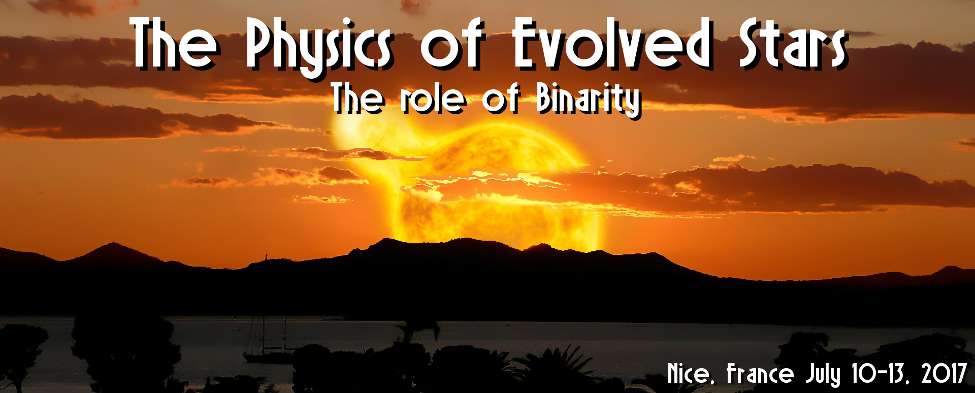SALT HRS discovery of a long period double-degenerate binary in the planetary nebula NGC 1360
1 : SAAO
2 : SALT
3 : KULeuven
4 : Nicolaus Copernicus Astronomical Center of the Polish Academy of Sciences
Bartycka 18, PL-00-716 Warsaw, Poland -
Poland
5 : Nicolaus Copernicus Astronomical Center of the Polish Academy of Sciences
-
Website
ul. Bartycka 18 00-716 Warszawa -
Poland
6 : Macquarie University
7 : Australian Astronomical Observatory
We report on the first discovery from a systematic SALT HRS survey for long period binary central stars of planetary nebulae. We find a 142 d orbital period from radial velocities of the central star of NGC 1360, HIP 16566, infamous for its now disproven kilogauss magnetic field. NGC 1360 appears to be the product of common-envelope (CE) evolution with an orbital period at the upper range predicted for post-CE population synthesis models and nebula features similar to post-CE PNe. We will discuss the nature of the companion and the possible role that fallback of CE ejecta may play in explaining the ring of low-ionisation structures we have also discovered in NGC 1360. Broader implications of the discovery will also be explored.

 PDF version
PDF version
